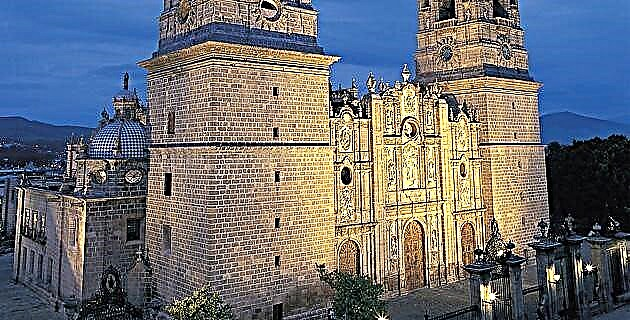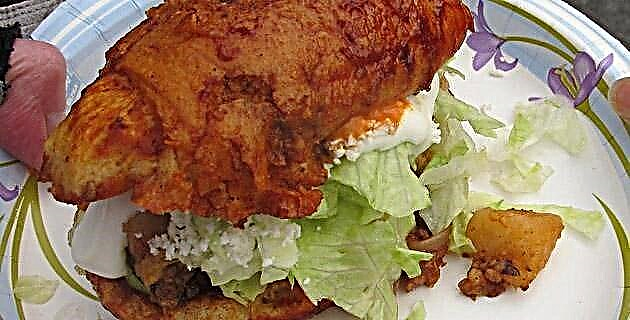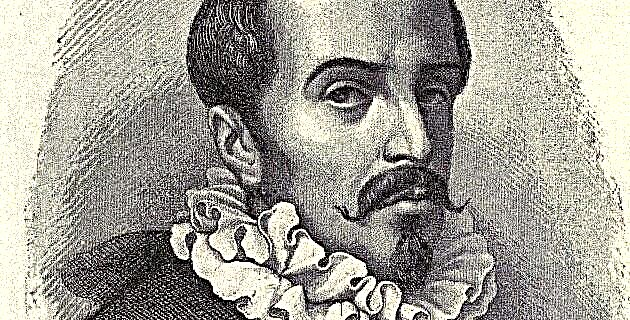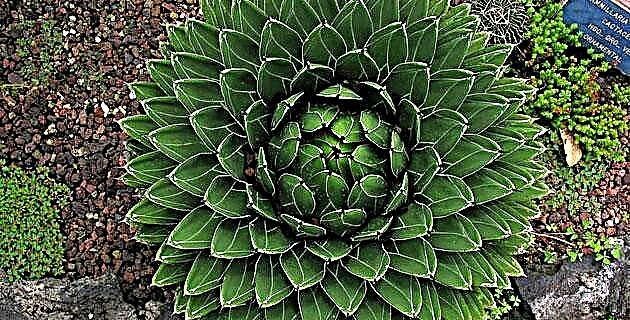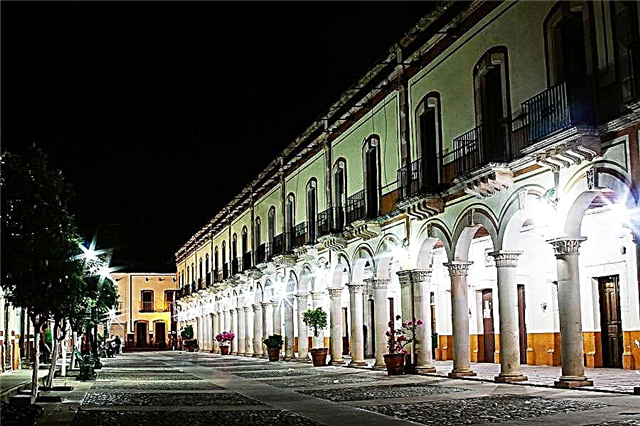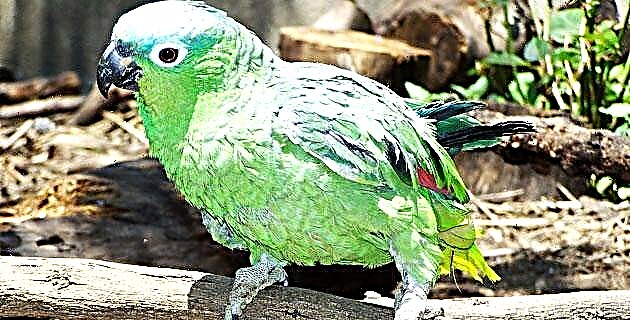
Learn more about these curious birds ...
THE BIOLOGICAL CAPITAL OF MEXICO
Mexico enjoys a privileged situation in terms of richness of plants and animals, that is, of biological diversity. To give an idea of this vast and remarkable quality of the country, it is important to know that the Mexican Republic is among the five countries with the greatest biological capital in the world. Mexico has the greatest diversity of terrestrial habitat types, since it has nine of the 11 recognized habitats for Latin America, and in terms of biological regions it has 51 of these ecoregions. In terms of species, the richness of Mexico is equally abundant. The country ranks fourth in the world in number of plant and amphibian species. It is the nation with the largest number of reptiles and number two in richness of marine and terrestrial mammals, and ranks twelfth in the world with the greatest diversity of species of wild birds, from herons and cormorants to hummingbirds, sparrows and, above all, parrots , parrots, parakeets and macaws.
PARROTS AND RELATED BIRDS
It is estimated that in Mexico the number of wild bird species is approximately 1,136. Of these, 10% is endemic, that is, they only develop in the national territory, so it is globally responsible for what happens to them. said species. Similarly, 23% of the birds that occur in the country do so temporarily, that is, they are migratory, winter residents or accidental. However, we are losing this wealth of birds in our Mexico, and in general its biological wealth, due to causes such as deforestation, the irrational exploitation of living specimens, pollution, the destruction of nesting sites, direct persecution, etc. . Unfortunately, Mexico is one of the places with the highest percentages of deforestation of its forests and jungles in the world, and it is the eleventh place in the world with species of birds in danger of extinction. About 71 species of birds, among other eagles, hummingbirds, parrots and macaws are in danger of extinction in the Mexican Republic, and another 338 species are listed in some category of risk of disappearing if society as a whole (people and rulers ) does not take action to stop this situation.
PARROTS AND MEXICAN CULTURE
Since pre-Hispanic times, parrots and other related birds have been part of the Mexican culture. This is how we see it in the different uses and venerations that parrots have been subjected to. In recent times, these appear in different forms and in popular culture songs such as La guacamaya, by Cri Cri, and many others. However, many people have owned or would like to own a parrot, parakeet or macaw as a pet.
Psittacines have been commercialized in Mexico for centuries. There is evidence that from the period 1100 to 1716 ethnic groups in North America, such as the Pimas in Arizona, exchanged green stones for live macaws (particularly green and red) with Mesoamerican cultures. They preferred immature and newly feathered specimens that could be easily tamed.
The special interest in parrots has been increasing since the time of the conquest; This is mainly due to its great attractiveness, its colorful plumage, the possibility of imitating human speech and its tendency to form affective bonds with people, characteristics that give them value as pets and ornamental birds. Starting in the sixteenth century, parrots became more popular among Mexicans, mainly as pets.
During the 20th century, this intense trade, together with the illegal traffic (black market), had the consequence that between 1970 and 1982 Mexico was the largest exporter of live birds for the pet trade from the Neotropic countries, exporting on average 14 500 Mexican parrots annually to the United States. In addition to the exploitation of the national birdlife, our country plays the role of a bridge between Central and South America for the illegal wildlife market, since it takes advantage of the extensive border between Mexico and the United States, where parrots are highly appreciated and have high demand as pets.
During the period from 1981 to 1985, the United States imported a minimum of 703 thousand parrots; and even in 1987 Mexico was the largest source of smuggling of wild birds.
It is estimated that each year approximately 150 thousand birds, especially parrots, are smuggled along the northern border. This without forgetting that the domestic market for wild birds in Mexico is also important, since from 1982 to 1983 104,530 parrots captured in Mexico were reported for the domestic market. As a consequence of the above, the wild populations of parrots in the national territory have been strongly impacted.
Source: Unknown Mexico No. 317 / July 2003

